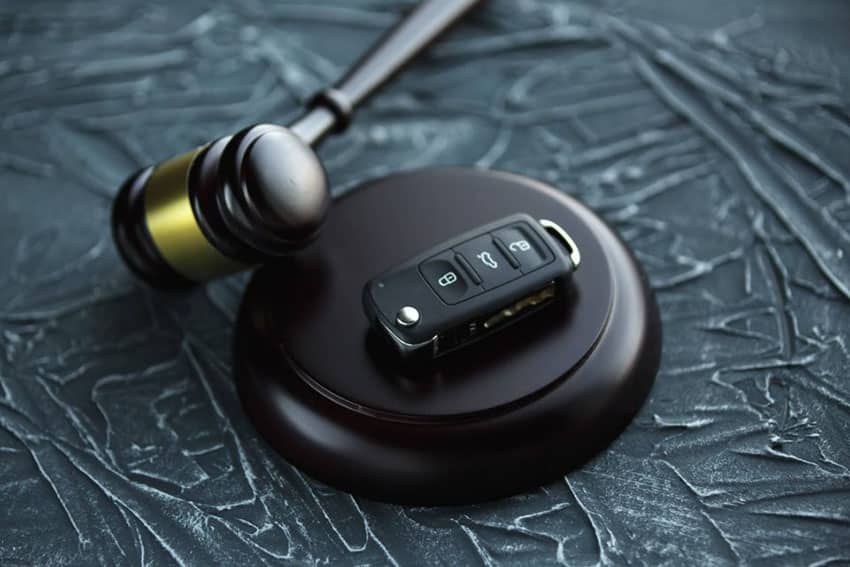Chemical Tests for Drinking and Driving
Types of Tests
Chemical sobriety tests are generally given after the field sobriety tests have been administered and have left due reason to believe that a driver is intoxicated. On the other hand, the field sobriety tests rely on a long list of subjective criteria, while the chemical tests tend to give more accurate and reliable results. There are three kinds of chemical sobriety tests:
- Breath analysis – Most commonly measured through the use of a portable breathalyzer, this test indirectly measures blood alcohol concentration by estimating the amount of alcohol on the subject’s breath. A formula is used to convert breath alcohol level to an approximate blood alcohol level.
- Urine analysis – A urine sample can be analyzed to determine alcohol content, although it can take up to two hours for alcohol to show up in urine. This test is also an indirect measurement of blood alcohol concentration through an estimate of the amount of alcohol in the urine that is used to determine the overall blood alcohol concentration.
- Blood analysis – A sample of blood is drawn from the subject to directly determine the blood alcohol concentration in the body. Although the amount of alcohol is at its highest level about an hour after drinking, alcohol is quickly absorbed into the blood and can easily be measured through a blood sample.
These three chemical tests rely on simple science; when alcohol enters the body it enters the bloodstream. The body then seeks to remove it from the bloodstream through a combination of metabolism, evaporation, and excretion.
The amount of alcohol in the body at a given time can be measured during this process of absorption and removal by taking a direct blood sample, analyzing alcohol excretion through a urine sample, or by measuring the alcohol component of the breath.
Chemical sobriety tests are used to determine a person’s Blood Alcohol Concentration (BAC) either directly (i.e. blood sample) or indirectly (i.e. urine and breath analysis). Varying state standards set guidelines to determine legal BAC levels for driving. In most states, a person with a BAC between .08 and .10 is considered legally intoxicated and should not be driving.
Chemical tests can offer direct evidence that a driver’s BAC was above or below the limit. In most cases, if a chemical test accurately determines that the driver was over the state BAC limit, they are presumed to be driving under the influence and will be charged with drunk driving. Therefore, the chemical sobriety tests can be very effective in court.
However, there are several factors that bring into question the accuracy and practicality of the chemical tests. Each test is subject to error through a combination of variables that may alter or significantly affect the results of a sample analysis. For example, a blood sample may be affected by the type of medication a person is taking.
Let’s say a woman was taking cough syrup containing ginseng or alcohol. Her blood sample may show a disproportionately high level of alcohol in her blood due to the medication.
On the flipside, a urine sample, taken at a police station an hour or two after a possible drunk driving incident may be taken too late to determine the blood alcohol concentration of the subject during the actual driving incident.
Furthermore, a BAC reading from a breathalyzer can be affected by cell phone interference or by an irregular breathing pattern.
Despite the plethora of factors that have the potential to taint sample results or lead to misreadings of blood alcohol concentration, chemical sobriety tests are still used more often and with more confidence than field techniques. The technology and accuracy of the tests continue to improve.











